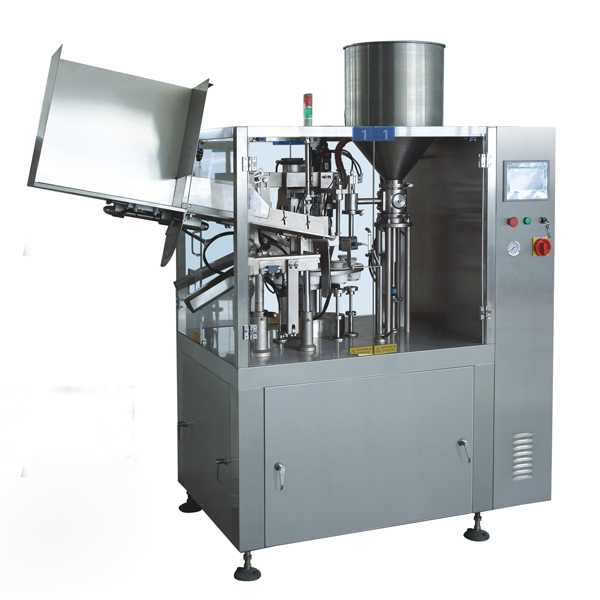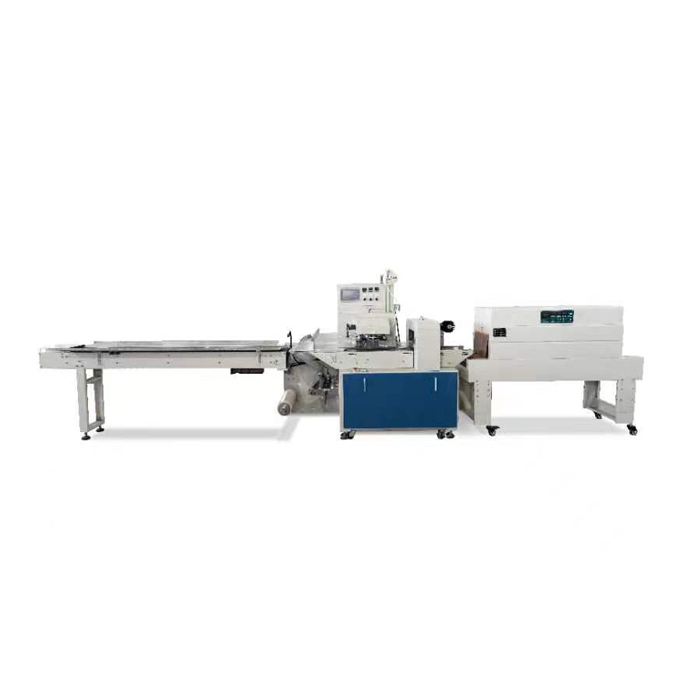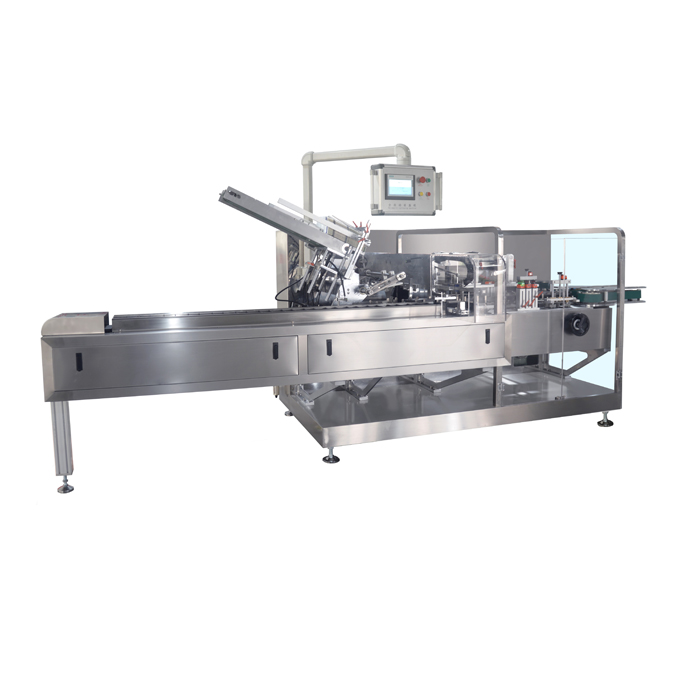Application and development of tube filling machines in the pharmaceutical industry

Tube filling machines play a key role in the pharmaceutical industry. They are mainly used for filling and sealing sterile or non-sterile hoses (such as ointments, gels, creams, etc.) to ensure the sealing, shelf life and safety of drugs. The following is a detailed analysis of its application and development trends:
I. Application areas
1. Medicine types
External preparations: such as ointments (hormones, antibiotics), gels (pain relief, anti-inflammatory), creams (skin repair), etc.
Special medicine: ophthalmic gels, vaginal suppositories, burn ointments and other products that require aseptic filling.
Biological preparations: filling of some vaccines or biological gels (requires a high cleanliness environment).
2. Key functions
Precision filling: High-precision pump control system ensures consistent ointment dosage (error ≤ ± 1%).
Aseptic processing: equipped with laminar flow hoods or isolators to meet GMP aseptic requirements (such as ISO 14644 Class 5).
Sealing detection: Ensure that the tail seal is leak-free through vacuum leak detection or visual inspection.
Material compatibility: Applicable to various packaging materials such as aluminum-plastic composite tubes and plastic tubes.
2. Technology development
1. Automation and intelligence
Robot integration: The manipulator automatically loads and unloads the tube to reduce manual intervention (such as ABB or KUKA robot arms).
AI quality inspection: Deep learning algorithms identify tail seal defects (such as wrinkles and contamination), and the defective rate can be reduced to less than 0.1%.
MES system docking: Real-time monitoring of production data (filling volume, temperature, speed) to achieve traceability.
2. Aseptic technology upgrade
Isolator technology: Fully enclosed filling area, combined with VHP (hydrogen peroxide vapor) sterilization, suitable for highly active drugs (such as anti-cancer ointment).
RABS (restricted access barrier system): Balance cost and sterility requirements, used for non-terminally sterilized products.
3. Energy saving and environmental protection
Servo drive system: Energy consumption is reduced by 30%, such as Bosch Rexroth's servo technology.
Solvent-free sealing: UV curing or laser sealing technology replaces traditional heat sealing to reduce volatile organic compound (VOC) emissions.
III. Industry challenges and countermeasures
1. Filling of high-viscosity materials
Solution: Use screw pumps or piston pumps, and cooperate with heating systems (such as PID temperature control) to reduce viscosity.
2. Flexible production needs
Modular design: Quickly replace filling heads/molds to support multi-specification production (such as 10g-100g tube packaging).
3. Compliance pressure
FDA/EMA certification: Equipment must meet 21 CFR Part 11 (electronic records) and Annex 1 (aseptic production) requirements.
IV. Future trends
1. Continuous manufacturing (CM) integration
Link with upstream mixing and downstream packaging lines to achieve end-to-end continuous production (such as Pfizer's "digital factory" model).
2. Single-use system (SUS)
Disposable filling components reduce cross contamination and are suitable for CGT (cell and gene therapy) products.
3. Digital twin and predictive maintenance
Optimize parameters through virtual models, and AI predicts component life (such as pump valve wear) to reduce downtime.
Summary
The tube filling machine is developing towards high precision, sterilization, and intelligence. Especially driven by the demand for biopharmaceuticals and personalized drugs, flexible production and data compliance will become core competitiveness. Pharmaceutical companies need to combine their own product characteristics and choose adaptive technologies to meet the dual requirements of regulations and the market.


